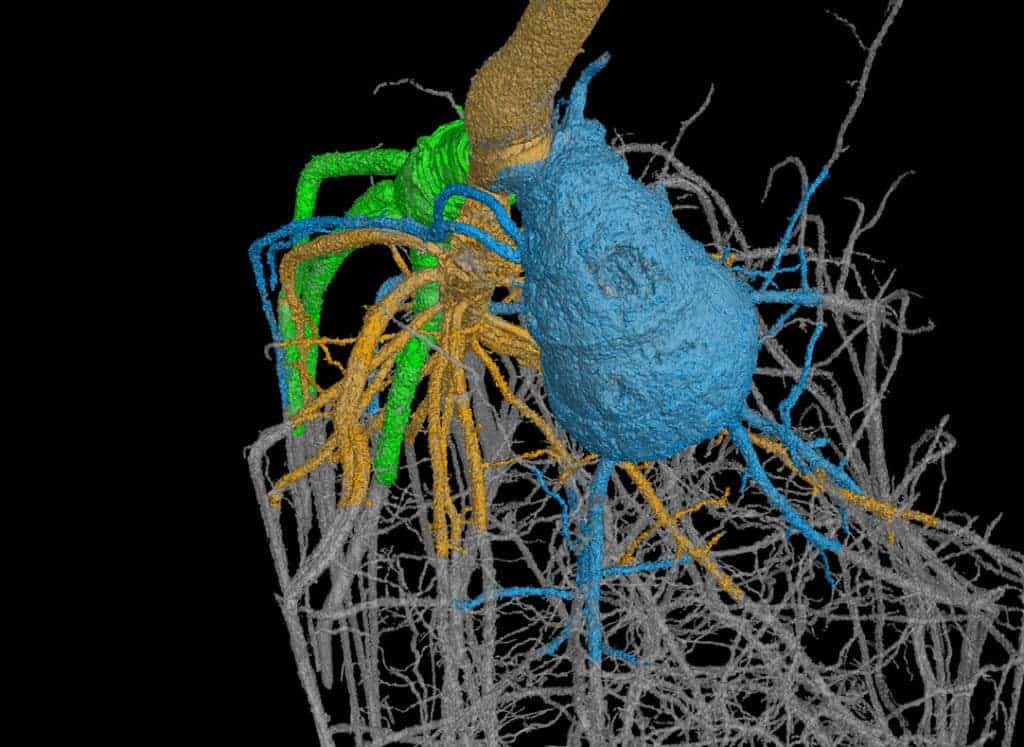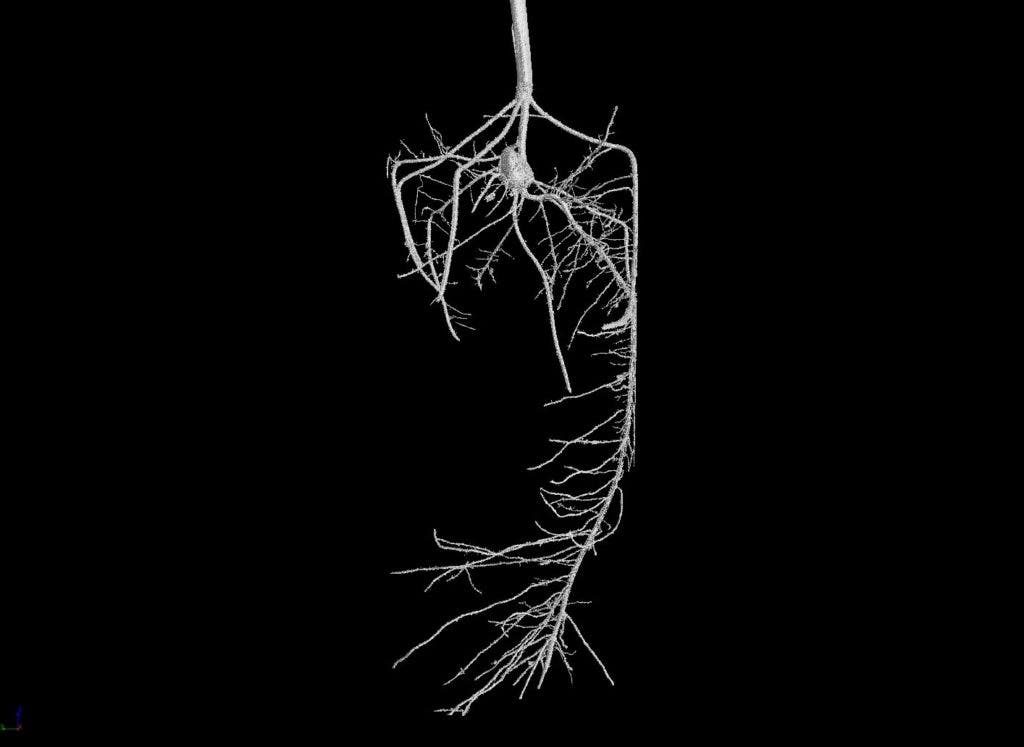If we want to feed the world, we’d better pay attention to root architecture, not just the upper half of the plant, researchers warn.

In the past decades, the developed world has been spoiled: not only do we have access to an essentially unlimited supply of food, but the variety and year-round diversity are also unprecedented. There’s also more food overall — the world produces 17% more food per person today than 30 years ago, even considering a significant population growth. But as the population continues to grow and climate change continues to take its toll, feeding the world might become more problematic.
Naturally, scientists are working on ways to improve crops and plant varieties, by tweaking their genes, the pesticide use, and even improving the surrounding soil. But if you ask a group of Nottingham researchers, they’ll likely tell you that the solution lies beneath the ground — in the plants’ roots.
‘You could argue that for the last 10,000 years, we have selected crop varieties on the basis of the upper half, and not focused on this hidden part of crops,’ said Malcolm Bennett, professor of plant science at the University of Nottingham, UK. ‘If we could select new crop varieties based on root architecture, we could significantly improve their ability to forage for water.’
The most visible effects of drought are seen in the overground components, particularly in leaves, but the hidden half is just as important — if not even more so. Roots provide anchorage to all plants, absorb water and nutrients from the soil and store food for the plant. When there’s not much water around, roots can grow deeper to suck water from further underground. If nutrients are sufficient towards the surface, shallow roots grow denser.
It’s easy to understand why roots are relatively understudied: they’re beneath ground, which makes them much more difficult to study. In order to overcome that, Bennett and colleagues used an X-ray micro-computed tomography (micro CT). It’s a technique commonly used in human medicine, but Bennett’s machine is a colossus — 3-4 times larger than a typical medical scanner, allowing them to image living roots in great detail.

Because plants can withstand more X-ray radiation than humans, the resolution is also improved, allowing researchers to image even the thinnest of roots. Furthermore, scanning can be done repeatedly to monitor changes. In total, over 8,000 X-ray snaps were taken, with computer algorithms stitching them together to develop an incredibly detailed 3D image.
Among many other plants, the team used this approach to scan hundreds of varieties of wheat to see how they respond to stress. The results were surprising.
‘We noted something fascinating. Plants that were most efficient at using water changed the angle of their roots when you applied drought stress,’ said Prof. Bennett. ‘Steeper rooting angles allowed them to forage for deeper sources of water.’
Prof. Bennett also said that recently, they identified master genes that control root angle in maize and rice. This root angle is extremely important in water absorption, which in turn affects how plants manage dry spells.
‘To maintain wheat yields here (in the UK), we need to have new varieties with roots that grow an extra half metre at least,’ Prof. Bennett explained. Other parts of Europe are similarly concerned about water shortages and its effect on crops.
‘We could optimise crop root systems to take up nutrients more efficiently, such as selecting deeper rooting varieties to capture nitrogen as it moves deeper into soil,’ said Prof Bennett. ‘The idea of selecting new varieties based on root architecture is gaining support amongst breeding companies and researchers.’

Dr. Christophe Maurel, plant scientist at the National Center for Scientific Research (CNRS), says that these findings could also be useful in the case of another very important crop: maize. Maize can be susceptible to drought in Europe because it flowers in summer, unlike wheat, which flowers earlier.
But there’s also a downside to having roots that suck up more water.
‘The more vessels at the root tips, the more susceptible they were to invasion by soil bacteria,’ Dr. Maurel said, meaning there is a trade-off between a better ability to withstand drought and vulnerability to infection.
Maurel also highlights that in a way, scientists are almost in an arms race with global warming — drawing conclusions is not something that can be done immediately, and it will be a while before results go from the lab and onto agricultural fields — but in the meantime, temperatures continue to rise.
‘We might help breeders not in five years, but maybe 10 to 20 years,’ he said. ‘Anyway, in 10 to 20 years we will be facing even stronger challenges with drought and climate change.’



